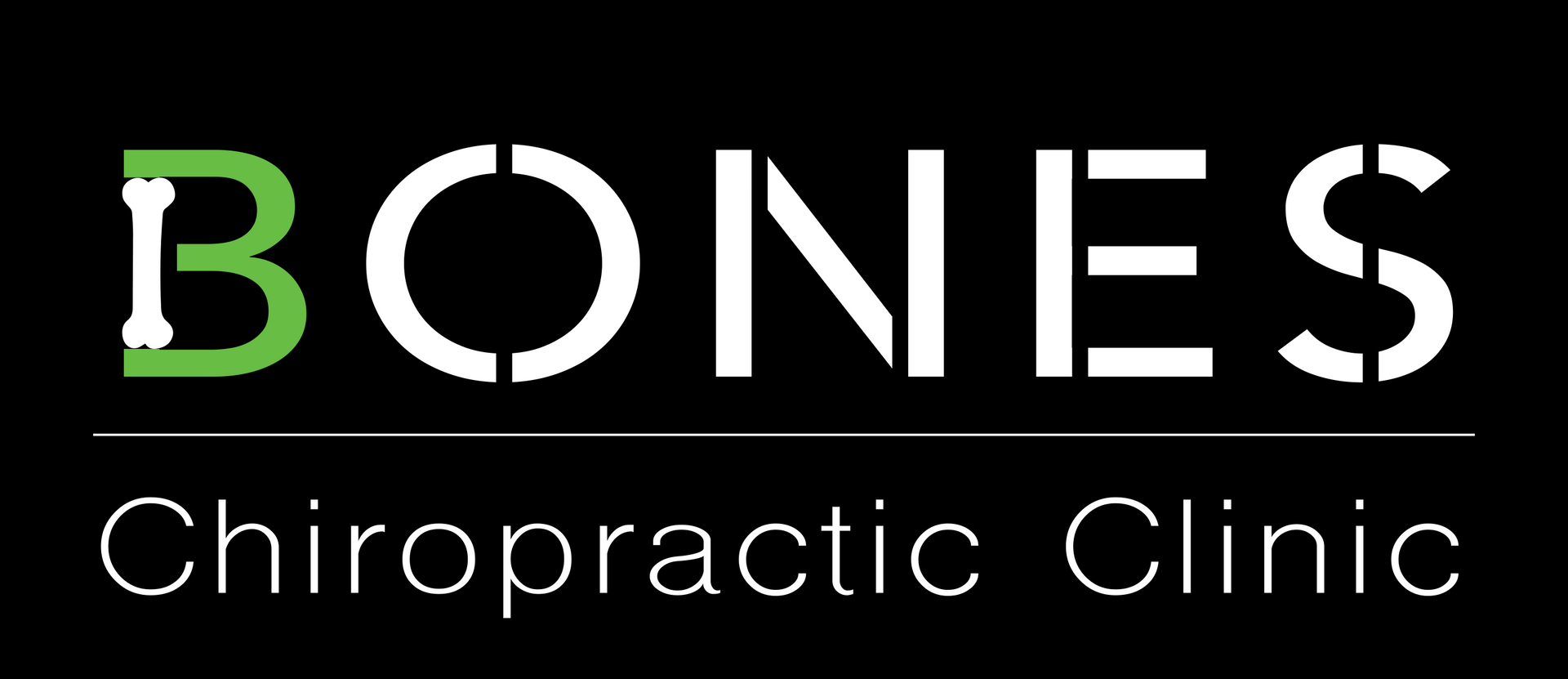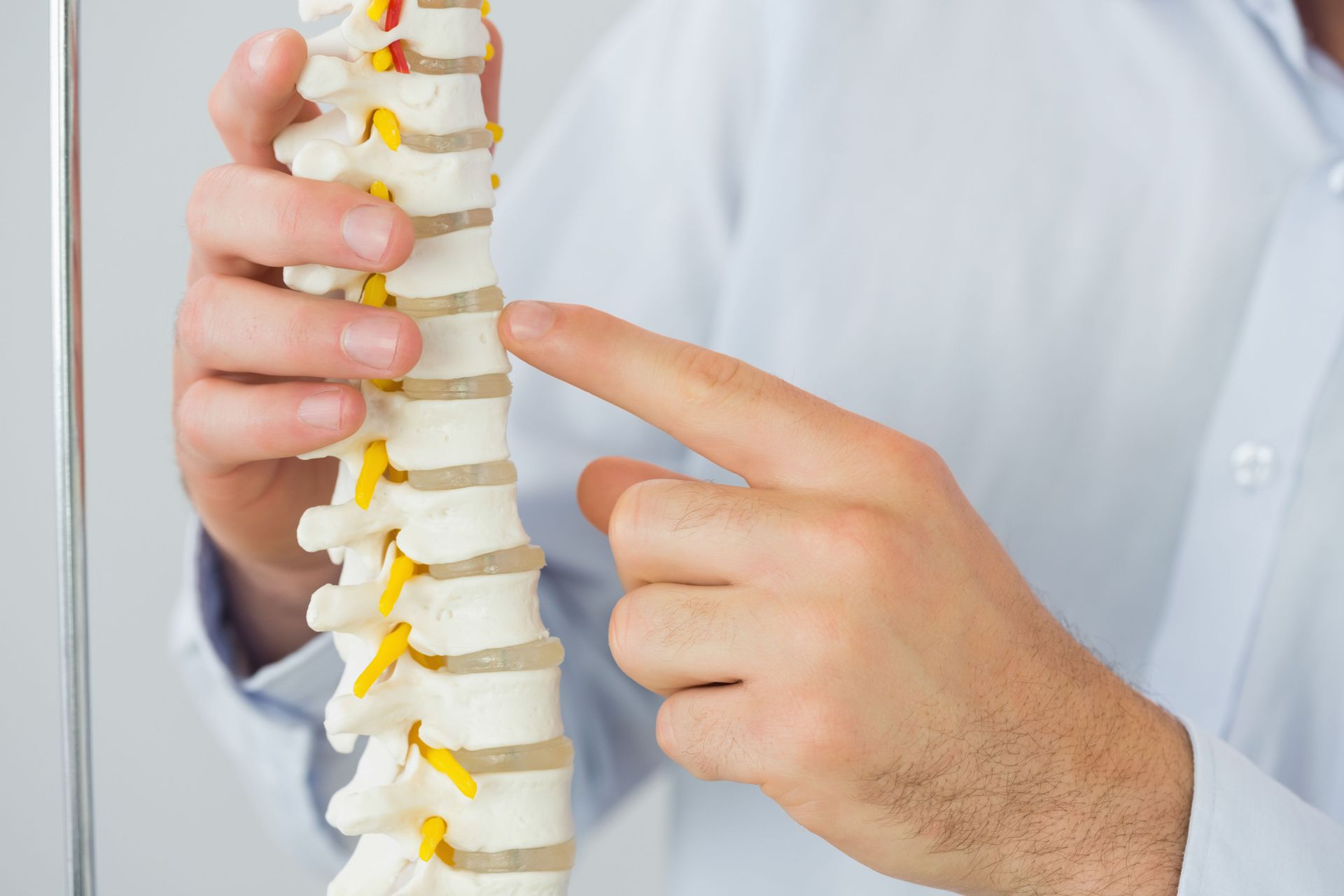3 Signs You Should Visit Your Local Chiropractor
Chiropractic care is an essential component of holistic health that focuses on diagnosing and treating musculoskeletal disorders. Many individuals ignore signs that suggest they need chiropractic intervention. Recognizing these signs early can prevent long-term complications and improve overall well-being. This article explores three significant signs indicating that it might be time to schedule an appointment with your local chiropractor. By understanding and acting on these signs, you can enhance your quality of life and avoid potential health problems.
1. Persistent Back Pain
1.1 Identifying Chronic Pain Versus Acute Pain
Chronic pain is generally defined as pain that lasts longer than three months, beyond the usual time for recovery, while acute pain is immediate and lasts for a shorter period. Differentiating between these two types of pain is crucial for determining when to seek professional help. Chronic back pain can indicate deeper health issues that need to be addressed by a chiropractor. On the other hand, acute pain might resolve with rest and self-care, but if it persists, it could be a sign of chronic problems. About 35 million Americans, or roughly 10% of the population, receive chiropractic care each year to address such concerns.
1.2 Common Causes of Back Pain
Back pain can stem from a variety of causes, such as poor posture, a sedentary lifestyle, or underlying health conditions. Sitting for prolonged periods, especially with bad posture, can lead to muscle imbalances and spinal misalignments. Chiropractors specialize in diagnosing the underlying causes of pain and can provide adjustments to alleviate discomfort. Conditions like herniated discs or spinal stenosis often require professional attention for proper management. By addressing these issues, chiropractors help prevent further complications that could affect your overall health.
1.3 Impact on Daily Activities
Persistent back pain can severely limit your ability to perform daily tasks and reduce your quality of life. Activities such as driving, lifting, and even sitting comfortably can become challenging. The longer back pain persists without intervention, the more it alters daily living and functionality. Not only does it affect physical tasks, but it can also impact mental health by increasing stress and anxiety levels. Seeking chiropractic care can offer significant relief, enabling individuals to reclaim their lifestyle and engage in their favorite activities without pain.
1.4 Other Symptoms Accompanying Back Pain
Back pain does not always occur in isolation; it can be accompanied by other symptoms like numbness, tingling, or radiating pain down the legs. These additional symptoms may indicate nerve involvement or other more serious conditions. Chiropractors are trained to assess these symptoms thoroughly and develop a targeted treatment plan. Ignoring these accompanying symptoms could lead to further complications and a longer recovery period. Addressing all symptoms early can prevent the escalation of musculoskeletal issues and improve recovery outcomes.
1.5 When Self-Care Measures Aren’t Enough
Many attempts at self-care, such as over-the-counter pain medications, stretching, or applying heat, might not provide lasting relief for back pain. When these strategies fail, it's a clear sign that professional intervention is needed. A chiropractor can offer more specific adjustments and treatments tailored to your individual needs. Chiropractic care aims to treat the root cause of pain rather than just the symptoms, providing more sustainable relief. According to Gitnux, approximately 60% of chiropractic patients are female. Given the patient demographic difference, consulting a chiropractor can help transition from temporary fixes to long-term health solutions.
2. Frequent Headaches
2.1 Types of Headaches That May Benefit From Chiropractic Care
Many individuals suffer from recurring headaches, which can take various forms, including tension headaches and migraines. These headaches often have musculoskeletal origins, particularly related to neck and upper back tension. Chiropractors use specific techniques to address these points of tension and provide relief. Through spinal adjustments, they correct misalignments that may contribute to headache frequency and intensity. Understanding the type of headache you experience can help determine whether chiropractic intervention could be beneficial.
2.2 Links Between Headaches and Cervical Health
There's a strong correlation between headaches and the health of the cervical spine, also known as the neck region. Misalignments or tension in the cervical spine can lead to increased headache frequency and severity. Issues such as Forward Head Posture, where the head protrudes forward relative to the shoulders, can strain cervical structures. Chiropractors can help realign the cervical spine, offering relief from headaches caused by these structural issues. Proper neck alignment is pivotal in reducing tension headaches and preventing their recurrence.
2.3 The Role of Stress and Posture
Stress and poor posture can exacerbate headache symptoms by increasing tension in the upper back and neck. Chronic stress often leads to muscular tension, while poor posture contributes to misalignments that trigger headaches. Chiropractic adjustments can alleviate this tension, providing immediate and long-term relief. Moreover, chiropractors often provide guidance on maintaining good posture and stress management techniques. Adopting these practices can complement chiropractic care and reduce headache prevalence over time.
2.4 Chiropractic Approaches to Headache Relief
Chiropractors utilize a range of techniques to reduce headache frequency and intensity, such as spinal manipulation and myofascial release. Spinal adjustments correct misalignments to relieve pressure on nerves that may contribute to headaches. Myofascial release targets tight muscles and connective tissues, improving blood flow and reducing muscle tension. These interventions can be tailored to the individual based on their specific headache patterns and triggers. With regular chiropractic care, many people find significant improvement in their headache symptoms.
2.5 Recognizing Patterns and Triggers
Identifying headache patterns and triggers is crucial for effective management, and keeping a headache diary can be invaluable in this process. By recording the frequency, duration, intensity, and possible triggers, you can better understand your headache patterns. This information helps chiropractors devise a more informed and targeted treatment plan. By working with a chiropractor, you can learn to avoid triggers and recognize early signs of headache onset. This proactive approach can significantly reduce the impact of headaches on your life.
3. Limited Range of Motion
3.1 Recognizing Decreased Mobility in Joints
Limited range of motion in joints is a common issue that can significantly affect daily activities. It often manifests as stiffness or difficulty in achieving full movement, affecting joints like the shoulders, knees, or hips. This decreased mobility can stem from several factors, including aging, arthritis, or previous injuries. A chiropractor can assess these limitations through physical and orthopedic evaluations. By understanding the root cause, they can recommend appropriate chiropractic interventions to restore mobility.
3.2 Activities Affected by Reduced Flexibility
Everyday tasks such as reaching overhead, bending, or squatting can become challenging when joint flexibility is limited. Reduced mobility can hinder not only physical activities but also overall productivity and quality of life. It can also increase the risk of injury, as joints are not moving optimally. Chiropractic care aims to restore flexibility and functionality, allowing people to perform their daily tasks with ease and confidence. By improving joint mobility, patients often experience enhanced physical performance and satisfaction in daily life.
Recognizing the signs that suggest the need for chiropractic care is an essential step toward maintaining a healthy and active lifestyle. Persistent back pain, headaches, limited range of motion, and other physical symptoms can indicate underlying issues that a chiropractor is specially trained to address. By seeking timely intervention, individuals can enhance their quality of life, prevent future health issues, and embrace a more balanced and well-aligned life. With the prevalence of chiropractic care in America, with about 35 million Americans seeking it annually, it is clear that chiropractic intervention is a trusted and valuable component of holistic health management. Prioritizing chiropractic care ensures continued health and vitality for today and the future. If you're looking for a reliable chiropractor, contact Bones Chiropractic today!






Share On: